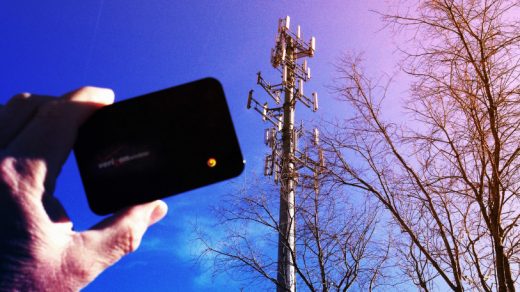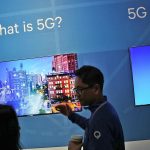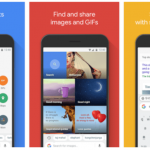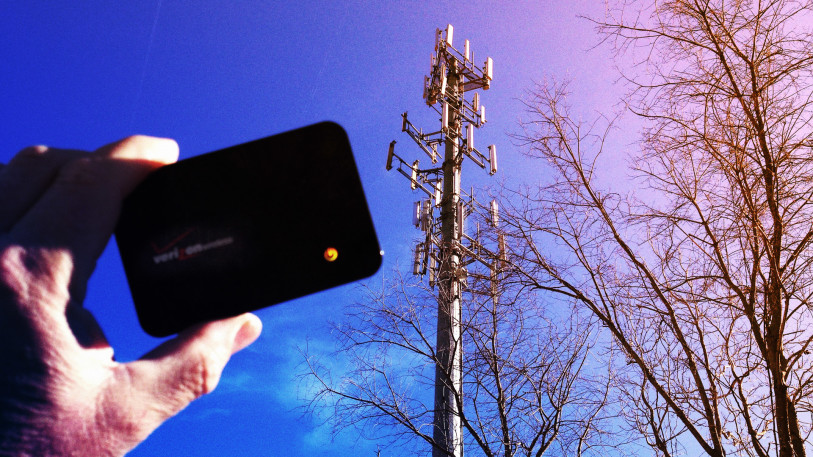Beyond The Hype, Verizon’s 5G Wireless Rollout Is Just A Baby Step
Verizon said today it will launch “pre-commercial” 5G wireless service in 11 markets by mid-year.
The new 5G service is supposed to be far faster (up to a gigabit per second) than LTE and earlier wireless standards, and more reliable. It’s the technology, we’re told, that will catalyze the development of more and better wireless services for cars, “smart” cities, and all manner of internet of things (IoT) applications.
But 5G, like any new generation of wireless service, comes wrapped in a lot of hype. And that’s how to read Verizon’s announcement today.
This Verizon deployment, for example, will be for fixed wireless only. That is, the 5G radios on the cell towers will beam the new service to modems sitting on desktops in 400 to 500 households and businesses. 5G smartphones and other mobile devices don’t really exist yet, and by the looks of things they aren’t exactly rushing to the marketplace.
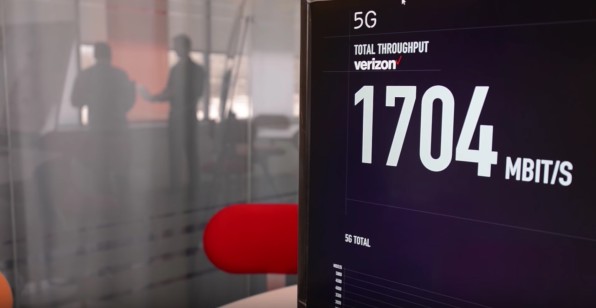
It’s likely that 5G service will be largely confined to stationary use for a few years to come, one industry analyst told me. In that form, 5G will be a wireless replacement for cable and fiber optic service. Fiber service is fast, but the networks are costly to build–lots of digging of trenches is required–and most service providers have backed off broad rollout of such service.
Verizon says it hopes to get some 5G deployment experience from the 11-market trial that will be useful once 5G networks are ready for smartphones and other on-the-go gadgets. “The information we collect during this trial will correlate to mobile use going forward,” a spokesman told me.
The Slow Road to 5G
Most large U.S. carriers, including Verizon archrival AT&T, are working on 5G technology trials of their own. Verizon’s announcement confirms that this trend is continuing.
The larger story is that while the hype is coming fast and furious, actual investment in building 5G on the ground will likely happen slowly. One industry expert told me the big wireless carriers may not be in a financial position to undertake a major reworking of their national LTE wireless networks.
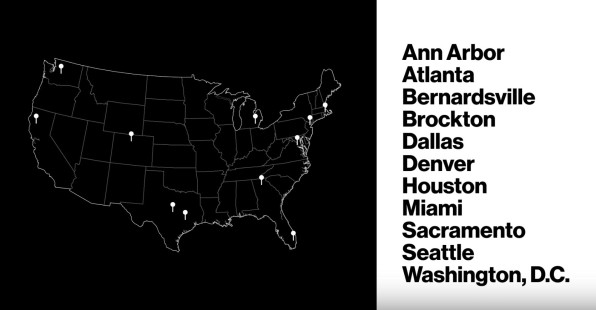
Selling wireless service used to be a sweet business, but these days it faces more challenges. For the most part, wireless service revenues have declined over the past couple of years, and ARPU (average revenue per user) numbers have decreased by 20%. While consumers continue to use more and more wireless data, the market has matured and it’s become harder for carriers to find brand-new customers. And competition among the wireless carriers has become more intense, narrowing margins.
Some also question the viability of the 28 GHz “millimeter wave” wireless spectrum Verizon is using for its fixed 5G service. The government made the spectrum available last year to address the scarcity of wireless spectrum. Millimeter wave transmits in small radio frequency waves of between one and 10 millimeters. These small waves are susceptible to getting blocked by trees or buildings–or even absorbed by raindrops–on the way to a device.
“Delivering mmWave broadband connectivity in non-line-of-sight environments, such as suburban and urban areas, is extremely problematic over the last quarter mile,” said Mimosa CEO Jaime Fink in an email to Fast Company. “This is because signals can be affected by environmental factors such as foliage and solid constructions, typical in suburban areas, where almost 80% of the U.S. citizens reside.” (Mimosa makes wireless network gear that uses a competing spectrum type.)
Advances in antenna design and signal beam-forming are said to have made millimeter wave spectrum more reliable, but questions still remain. Verizon may learn more about the viability of the technology during its 11-market trial. The company says it will be testing its 5G service in Ann Arbor, Atlanta, Bernardsville (N.J.), Brockton (Mass.), Dallas, Denver, Houston, Miami, Sacramento, Seattle, and Washington, D.C.
Fast Company , Read Full Story
(38)

